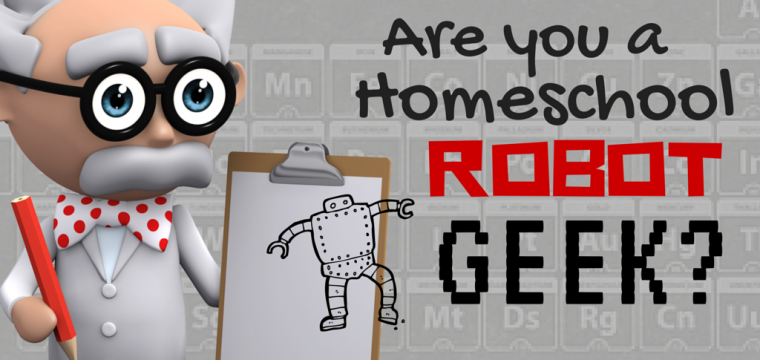It is a queer feeling to know that I have made myself into a footnote in the history of science and technology for having invented the foundation of a science that didn’t exist at the time – and that I did it at the age of twenty-one.
~Isaac Asimov The Word I Invented
I thought I knew what a robot was until I sat in on the first of YETI Robotics summer lecture series by Dagna Bieda. I give credit to Dagna for making me aware of much of the information I share in this article. Some of the videos I was introduced to last year when I joined YETI Robotics but a few of the ones that I share we found on our own.
Dagna prefaced her lecture by saying that this was an introduction to the history of robots and that we would have to go find out more on our own. So I have been digging around reading more about the history of robotics and I was so surprised by how ancient some of the ideas are – the dove of Archytas, Leonardo da Vinci’s mechanical knight, Al-Jazari’s toy boat, and Su Song’s astronomical clock tower to name only a few.
In Dagna’s lecture I learned that while Isaac Asimov did coin the term ‘robotics’ in his story Runaround – which is collected in I, Robot – the actual word ‘robot’ was first used by Karel Capek in his play R.U.R. (Rossum’s Universal Robots); but even then it was his brother’s idea. His brother, Josef, the first person to coin ‘robot’ was a painter!
Robot is derived from the word ‘robota’ which means serf laborer. And so even in it’s ‘fictional’ origin the idea ‘robot’ had a very specific purpose. Dagna gave us a definition that included an autonomous component – a robot carries out a program written by a human. We were left wondering – was our ‘robot’ which is tele-operated really a robot!?
So using this definition the very ‘first’ robot called Unimate was an industrial robot and it can preform more than 200 stored functions and movements.
But when we say ‘robot’ what we often mean is something a bit more humanoid. Then we tumble into AI and quickly begin asking questions about where this technology might lead us? Dagna introduced us to the ‘Three Laws of Robotics’ which were defined by Issac Asimov in the very same story where he coined the word robotics. At it’s very conception the idea ‘robot’ came with ethical implications and Asimov seemed to have grasped the answer to those dilemmas almost at once.
A robot may not injure a human being or, through inaction, allow a human being to come to harm.
A robot must obey the orders given it by human beings, except when it conflicts with the first law.
A robot must protect its own existence as long as such protection does not conflict with the First or Second Laws
~Wikipedia – The Three Laws of Robotics
So, you can follow Dagna’s advice, too, and go read more on your own. Now, let’s look at some amazing robots!
BigDog
I first saw BigDog by Boston Dynamics last September during our local FTC Kickoff Event. Watching it recover from being pushed and keep it’s footing on ice just blows my mind. (Warning: if you are in a quiet place the gas engine is loud!)
Nao
Nao (pronounced ‘now’), the cute little Japanese humanoid robot who can play sports and even dance. Enjoy a couple of these videos. Check out more on your own including one in which Nao becomes self aware.
Festo’s Third Hand
Festo is a company that designs robots that mimic bilogical life. Check out this robotic thrid hand inspired by the trunk of an elephant.
Spherical Robots
A new robot that we just became aware of because we follow James Bruton’s YouTube channel is an amazing prototype of BB-8. The boys also love his automated Iron Man costume.
The FTC team that David coaches has decided to build a demo bot inspired by James’s prototype. They spent a lot of time exploring videos of other spherical robot designs and really like this one.
But they think a robot like this one may be closer to something they can accomplish this year.
Do you see how each of those are based on the same concept but each is simpler than the previous one? This is what we meant by simplifying your project idea in our post Design Through Iterative Learning.
If you are still with us, thanks for sticking around! There are so many other amazing robots out there. Here is one last video we enjoyed watching. Leave us a comment or send us a tweet of an amazing robot video that you have seen – or that you have made!
More Humanoid Robots
